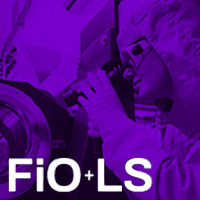Abstract
The generation and characterization of single attosecond pulses have been achieved through several efforts in the field of ultrafast intense laser sources over the last 20 years [1] and through theoretical developments on the interaction of intense light pulses with atomic and molecular systems [2]. The duration of attosecond pulses is rapidly approaching the atomic unit of time [3,4] that represents, in the classical description of the atomic model, the natural time scale of the electronic motion; also in quantum mechanics the attosecond regime is the relevant time domain for electrons as the inverse of the energy spacing among electronic levels, (that determines the time constant for non-stationary states), lies typically in this range. First applications of such pulses have been mainly focused on simple atoms or molecules to validate new experimental approaches and to gain first information on electron-electron correlation. Experimental and theoretical results on the ultrafast dynamics initiated by single attosecond pulses in helium and H2 and D2 will be shown.
© 2012 Optical Society of America
PDF ArticleMore Like This
Mauro Nisoli
LTu1I.1 Laser Science (LS) 2013
J. Mauritsson, T. Remetter, M. Swoboda, K. Klunder, A. L’Huillier, K. J. Schafer, O. Ghafur, F. Kelkensberg, W. Siu, P. Johnsson, M. J. J. Vrakking, I. Znakovskaya, T. Uphues, S. Zherebtsov, M.F. Kling, F. Lepine, E. Benedetti, F. Ferrari, G. Sansone, and M. Nisoli
CG2_1 The European Conference on Lasers and Electro-Optics (CLEO/Europe) 2009
Marc Vrakking
CTh4M.1 CLEO: Science and Innovations (CLEO:S&I) 2013

